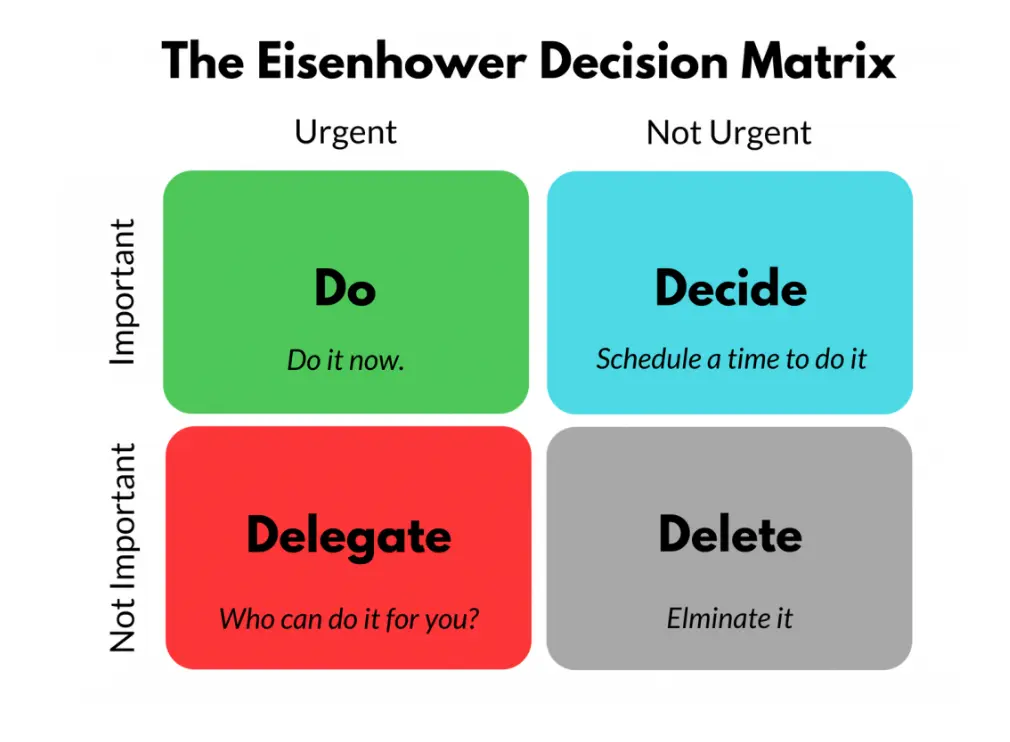Product managers work to create, launch, and maintain the product. They understand user needs and develop product roadmaps, and manage product development cycles.
Their work extends to various other departments to ensure successful product launches. Other vital tasks involve exploring customer feedback, metrics & analytics, and market trends to make informed product decisions.
However, product managers are responsible for launching the product on time and working on customer feedback — such activities demand productivity from product managers.
To collaborate successfully with cross-functional teams like product engineering, marketing, sales, and support, you'll need to try some productivity hacks. Let's explore some.

Top Product Manager productivity hacks
Without automation, managing product development, designing and testing it, and deploying it can be chaotic. With a thinly spread job profile, a product manager must provide input for handling multiple projects simultaneously.
Usually, product managers count on product management software to collaborate with other teams and ensure consistent productivity. The platform allows them to stay ahead of schedule.
In addition to tools and software, product managers can also use some of the productivity hacks mentioned below to help drive effective results.
1. Streamline processes
Streamlined processes will include operations such as task delegation, assessment parameters, departmental goals, and more. These processes and productivity software add value and save time.
When prioritizing or delegating tasks among team members, consider any existing processes you may already have. This could mean investing in task management software or documenting templates for routine tasks you repeatedly perform as a product manager.
Here's what you may consider —
- Clarify product vision and strategy: Start defining a clear product vision and strategy that outlines the overall purpose of the product and expected outcomes. It’ll help team members acquire a shared understanding of the product and its goals.
- Define objectives and goals: Identify critical objectives and metrics that help measure progress at each step. Ensure that each such action taken is towards achieving the product vision.
- Adopt agile methodology: Agile methodology ensures quick and efficient product development. Product managers can use agile workflow throughout development to streamline and ensure quality results.
- Automate processes: Always look for opportunities to automate processes wherever possible. It’ll save time and reduce manual effort while ensuring quick and efficient product delivery.
- Set communication rules: Specifying clear communication protocols between all stakeholders, like developers, designers, customers, etc., are necessary. It will help ensure everyone is on the same page and that there is no room for misunderstandings or miscommunications that may take away your time.
2. Write and review work on Friday
Scott Farquhar, CEO of Atlassian, suggests that product managers review their diaries at the end of each week (Friday). He emphasizes printing out the diaries and reading them over, which will change how they spend their time.

Many people experience a mental whirlwind when they lie down for the night. They're too worried about the future to consider the consequences of their current actions.
Therefore, product managers should take aside time to reflect on the preceding week and answer the following three questions.
- Have I accomplished written goals?
- Was I personally required to attend every meeting this week?
- Could I have gotten the same results in less time?
It’s a powerful method for figuring out whether you are effectively handling and allocating your time.
3. Implement time blocking
Start by breaking tasks into smaller chunks and allocating specific times throughout the day for each task.
This will allow you to focus on one particular task at a time and make better use of your time during the day. The following techniques and tools can help you with time blocking.
The Pomodoro Technique
Pomodoro is a time-management method that helps improve time management, boost productivity, and ensure effective task execution. It breaks down tasks into 25-minute intervals, with a 5-minute break.
This method helps keep the product manager focused and motivated while working on a task.
Product managers can significantly benefit Pomodoro Technique to boost productivity since they can divide tasks as per project milestones. It requires setting up a time frame to communicate with each department, planning, researching, testing, meeting, etc.
The Eisenhower Matrix
The Eisenhower Matrix, also known as the 'time management matrix', is based on the idea that not all tasks are equally important by categorizing tasks into four categories discussed below.

Source: Luxafor
- Urgent & important: You must address tasks under this header as soon as possible. Examples include responding to customer inquiries, meeting deadlines, and fixing critical bugs.
- Not urgent & but important: These tasks are important but not urgent, so address them later. Examples include developing new features and researching new technologies.
- Urgent & but not important: Tasks here are not important but urgent, requiring delegating or outsourcing. Examples include responding to emails, attending team meetings, etc.
- Not urgent & not important: Such tasks are neither urgent nor important, so avoid them. Examples include reviewing competitors' products, watching product videos, etc.
With the Eisenhower Matrix, managing your time effectively is possible since it helps set priorities based on each activity's importance or urgency. It’s a great time-saving tip for product managers that may help prioritize tasks.
Product management tools
Product managers can use various productivity tools like Jira, Basecamp, Asana, etc. These product management tools help plan project tasks better and ensure team productivity that moves tasks once complete.
And add-ons like Jira templates for tickets by AppLiger will help your team perform even better by creating repetitive tickets and sub-tasks faster from saved issue templates.
Additionally, a robust performance management tool can provide valuable insights into individual and team performance, allowing for data-driven decision-making and continuous improvement.
4. Automate responsibilities
Product managers can optimize output by automating routine tasks or responsibilities that take a significant chunk of time by implementing an AI Powered Competency Framework. Task automation saves time and effort in the long run, enabling product managers to focus on more critical work that requires attention.
-
Automate data collection and analysis: This requires using software to collect, organize, and analyze data to help make product decisions.

For instance, using customer feedback platforms UserVoice, CallSource, SurveyMonkey and it's alternatives, etc. Also, it requires product managers to address customer issues, allowing them to respond quickly and address customer needs.
- Automate customer feedback: Product managers can use automated customer feedback tools to collect and track customer input. It helps them react to customer feedback and make changes to the product.
- Automate product releases: Product managers can use automation tools like UiPath, Integromat, and Nintex, as well as other Nintex competitors, to streamline product workflows and ensure the timely release of products.
- Automate customer support: Product managers can use automated customer support tools to respond to customer inquiries quickly and provide better customer service. This requires adopting knowledge base software, email automation tools, automated (AI) chatbots, etc.
5. Outsource and delegate
As a product manager, you may need help juggling tasks with so much on your plate. It’s an excellent time to consider contracting out specific tasks to freelancers or hiring task-specific experts.
Try using freelance hiring platforms like Upwork and Fiverr or outsourcing non-core activities for a faster turnaround (but don't forget to sign an NDA to protect sensitive information).

Product managers sometimes hesitate to distribute tasks to others because they worry whether their associates can do a better job. But in the long term, it won't help at all. Therefore, it is best to benefit the business by delegating decision-making and other tasks that add value to the team dynamics.
Moreover, deleting tasks for subordinates may inspire them to perform better. It also reduces overall effort and frees you up for more key tasks that can define the project's success.
A more successful way to outsource and delegate powers requires the following —
- Set clear expectations: Establishing clear expectations for each delegated task is vital to ensuring successful delegation. Provide detailed instructions, deadlines, and objectives for each task.
- Identify team members' strengths: Assign tasks to members best suited for the job by considering each member's strengths, experience, and roles when delegating tasks.
- Provide resources: Ensure providing team members with the resources they might need to complete the task. It could include access to relevant software, data, templates, or documents.
- Offer support: Delegation should involve assigning and support. It could include guidance from the product manager, check-ins, or help with problem-solving. Therefore, project managers should support the person they need while working on project tasks.
- Provide feedback: Offering feedback on completed tasks helps team members understand what they did well and what they can do better next time. It helps create a culture of collaboration, and feedback remains an essential part of successful delegation.
Wrapping Up
As a product manager, you can try some of the productivity hacks mentioned earlier to maximize product managers' impact. The aim should be to optimize workflow and get more done in less time by taking advantage of various tools and techniques.
Product managers can also use a team productivity tracker to help them stay organized and on top of their tasks. Start implementing any of the five techniques mentioned above and see how it bolsters your productivity. And gradually, you can add other hacks to the mix.


